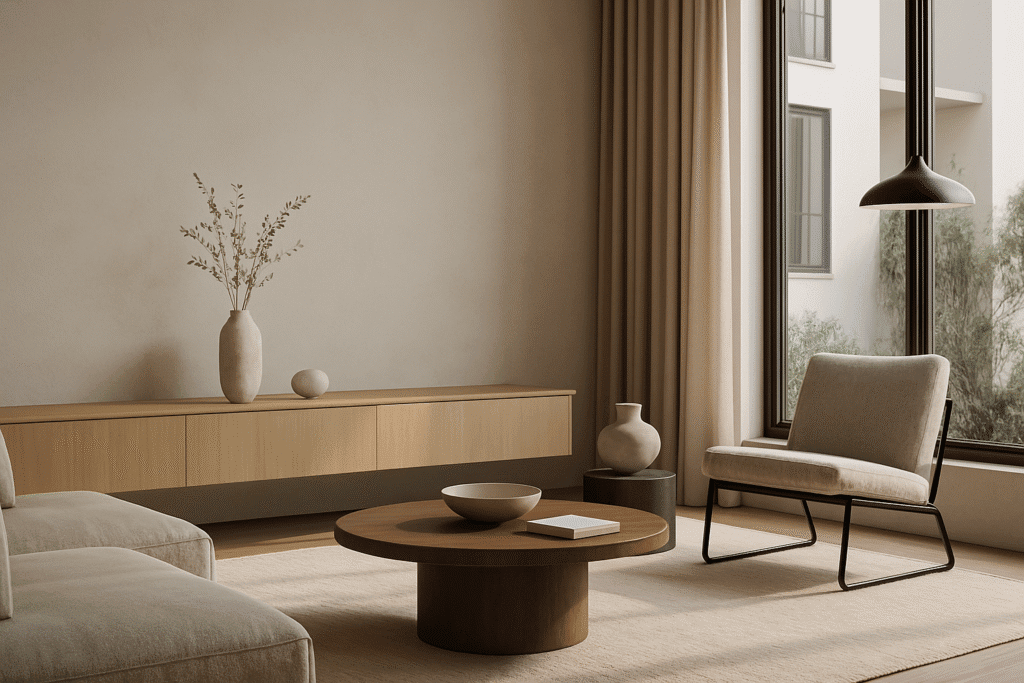
In the fast-evolving world of design, where visual impact and innovation are key, 3D visualization has emerged as a true game-changer. No longer limited to high-end architecture or blockbuster films, this powerful tool is now accessible to designers, marketers, engineers, and creators across all industries. Whether you’re presenting a new product, crafting an immersive space, or pitching a conceptual idea, 3D visualization allows you to communicate your vision with unparalleled clarity and realism.
Modern design is no longer about sketches on paper or static blueprints. It’s about engaging the senses, sparking imagination, and helping clients see the unbuilt or the yet-to-be-created as if it already exists. And that’s precisely what 3D visualization enables.
At its core, 3D visualization is the process of creating three-dimensional digital representations of objects, environments, or concepts. These visuals can be still images, animations, or interactive models. The goal is to mimic reality—or enhance it—through detailed textures, accurate lighting, and lifelike materials.
The process involves several stages:
3D Modeling – Building the structure or object in a digital environment.
Texturing – Applying materials, colors, and surface details.
Lighting – Simulating real-world lighting conditions for depth and realism.
Rendering – Producing the final image or animation, often using software like V-Ray, Blender, Unreal Engine, or Lumion.
With each step, designers move closer to producing a visual output that doesn’t just describe the design—it feels like the real thing.
Design is ultimately a form of communication. Whether you’re an interior designer presenting a room layout or a product designer showcasing a new gadget, you need your audience to understand your vision. Words and 2D drawings often fall short. 3D visualization bridges the gap, allowing clients and collaborators to instantly “see” the idea in action.
With traditional design methods, exploring new ideas can be slow and costly. But 3D visualization offers a virtual sandbox. You can experiment with shapes, materials, colors, and lighting in real time. This flexibility allows for faster creative decision-making and endless iterations—without wasting physical resources.
For clients who aren’t familiar with reading plans or imagining depth from flat drawings, 3D visuals provide a concrete reference point. Interactive walkthroughs, 360-degree views, or virtual reality experiences immerse them in the design. This level of engagement builds trust, enthusiasm, and often leads to quicker approvals.
The beauty of 3D visualization is that it’s not tied to a single field. It’s being used in:
Architecture to visualize buildings before they’re built
Interior design to showcase layouts and finishes
Product design for prototypes and marketing
Real estate to sell unbuilt properties
Advertising to create striking visuals for campaigns
Education and science to explain complex systems or environments
Recent technological advances have taken 3D visualization even further. Real-time rendering engines, powered by high-performance GPUs, allow designers to make changes and see results instantly. Interactive tools let clients explore designs themselves—rotating products, walking through virtual buildings, or testing different finishes on the fly.
This interactivity isn’t just impressive—it’s practical. It reduces miscommunication, speeds up revisions, and elevates the entire design experience.
Modern design increasingly intersects with sustainability. Physical prototypes and mockups often require materials, shipping, and waste. With 3D visualization, many of these steps can be replaced by digital equivalents. Not only does this save money, but it also significantly reduces environmental impact—making the design process more sustainable.
Perhaps one of the most exciting aspects of 3D visualization is its growing accessibility. What was once available only to large studios with massive budgets is now within reach for freelancers, students, and small agencies. Open-source tools like Blender and affordable rendering engines have democratized the technology, empowering creatives everywhere to produce studio-quality work from their laptops.
3D visualization has fundamentally changed the way we approach design. It brings imagination into focus, enhances collaboration, and creates immersive experiences that were once impossible. For creatives across industries, it has become an essential tool not just for presenting work, but for elevating it.
In an age where attention spans are short and visual impact is everything, the ability to turn an idea into a compelling 3D experience is more than a skill—it’s a superpower. And as the tools continue to evolve, the future of design will be shaped not just by what we create, but how we visualize it.